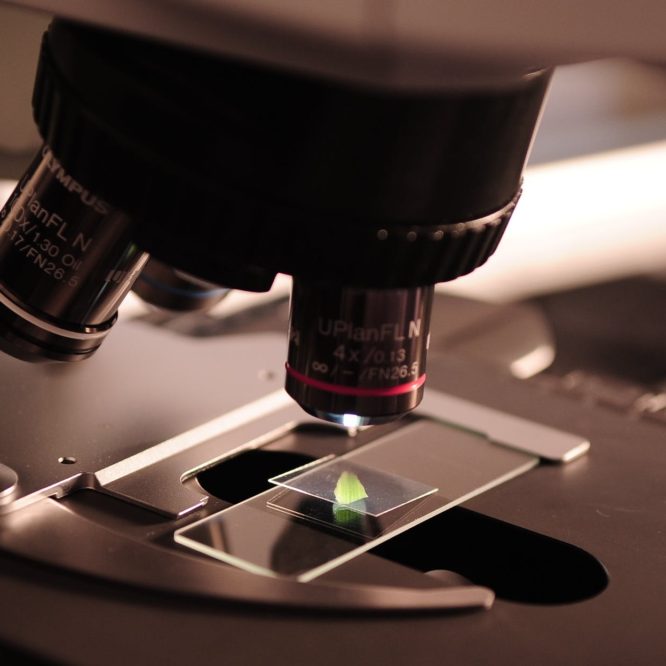There are mainly two theories are there for staining which are widely accepted and used:
- Physical
- Chemical
1)Physical theories of stain
A physical process may be defined as a reaction between two substances without the formation of a new compound. When bacteria are stained, there is no evidence that the stain has been changed chemically to form a new compound.it is usually possible to extract all or nearly all the stain from the cells by keeping in water, alcohol, or other solvent. The bacterial protoplasm never completely removes all the stain from solution. The proponents of the physical theory claims that all staining reactions can be explained on the basis of capillary, osmosis , absorption and adsorption
2) Chemical theories of stain
Some parts of a cell are acidic in reaction while other parts are basic.so staining process can also be explained purely on the basis of chemistry. The artificial stains are either acidic or basic i.e. the color portion of the molecule may possess positive or negative ions. The acidic parts of cell reacted with basic stains and the basic parts reacted with acidic stains.
The basic stains were adsorbed at PH value higher than the isoelectric point. Under normal conditions bacteria possess negative electrical charges and attract positively charged particles. In the McCalla & Clark experiments, if bacteria were placed in a solution having PH value lower than their isoelectric points they became positively charged and becomes capable to attract negatively charged stains such as acid fuchsins
N.B.: isoelectric points means pI. It can be defined as a pH at which the molecule exhibit no net charge and becomes electrically neutral or zwitter ionic and becomes less soluble and becomes precipitated.
On the basic side of the isoelectric point, basic stains acted as cations, replacing similarly charged ions form the bacterial system while on acidic side of isoelectric point, acidic stains acted as anions, replacing similarly charged ions form the bacterial system
